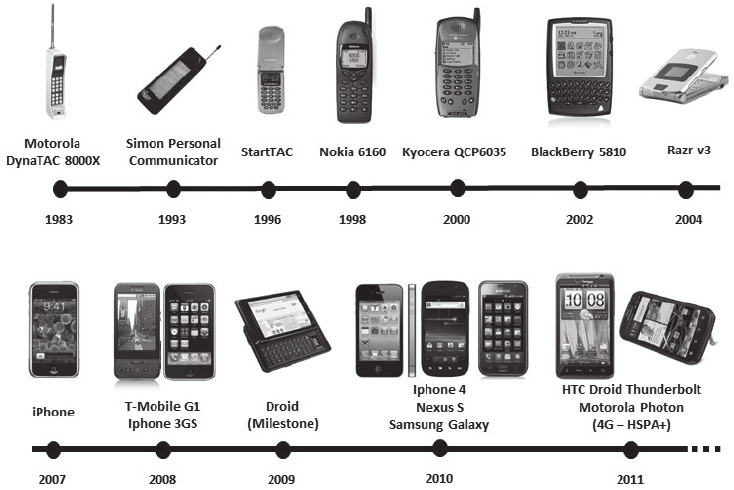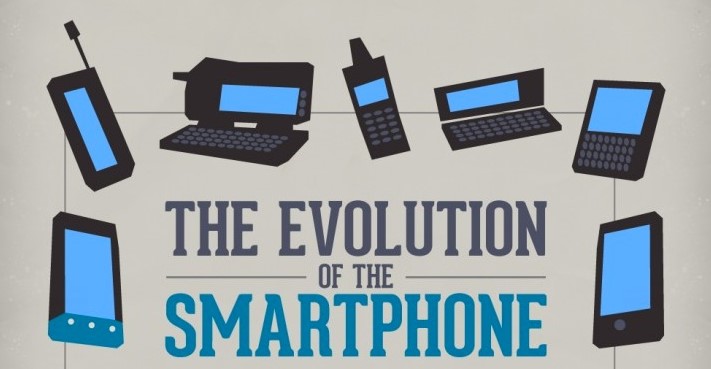Smartphones have become an integral part of our daily lives, serving as our communication hub, personal assistant, and entertainment center. Over the past decade, we have witnessed remarkable advancements in smartphone technology. However, as the pace of innovation seems to be slowing down, it begs the question: Have smartphones reached their limits? In this article, we will explore the current state of smartphones and whether we have indeed hit a technological plateau.
One could argue that smartphones have reached a point where further improvements in design and form factor are incremental rather than groundbreaking. While we have witnessed the introduction of edge-to-edge displays, bezel-less designs, and foldable screens, these changes are more evolutionary than revolutionary. However, it is essential to note that design innovation can still occur in terms of materials, durability, and ergonomics.
When it comes to processing power, smartphones have made significant strides. From quad-core to octa-core processors and the integration of artificial intelligence, our smartphones are more capable than ever before. Additionally, battery technology has also improved, but users still face the challenge of limited battery life. As we demand more from our devices, striking a balance between power and efficiency remains a challenge for manufacturers.

Smartphone cameras have seen remarkable advancements, with multiple lenses, enhanced low-light performance, and sophisticated computational photography. However, despite these advancements, some argue that there are limitations to the physical size of smartphone cameras and the quality they can achieve compared to dedicated cameras. While smartphones have become the primary photography tool for many, there is still room for improvement in terms of optical zoom, sensor size, and low-light performance.
While hardware advancements may be slowing down, software innovation continues to drive the smartphone industry. Operating systems, app ecosystems, and user interfaces have evolved to enhance user experiences. Features such as augmented reality (AR), virtual assistants, and advanced security measures have become standard. However, there is always room for improvement in terms of software optimization, stability, and privacy.
Smartphones have become the gateway to a vast ecosystem of interconnected devices. From smart homes to wearable technology, smartphones act as a central hub for managing and controlling various aspects of our digital lives. However, seamless integration and interoperability between devices and platforms are areas that can still be explored and improved upon.
While it may seem that smartphones have reached their limits in terms of groundbreaking advancements, it is important to recognize that innovation is not always about introducing entirely new features or technologies. Instead, it often involves refining and improving existing capabilities to enhance user experiences. As we move forward, manufacturers will focus on perfecting the integration between hardware and software, optimizing battery life, and exploring new ways to interact with our devices. While the pace of change may have slowed, there is still room for incremental improvements and surprising breakthroughs, ensuring that smartphones continue to play a vital role in our lives for years to come.
_
